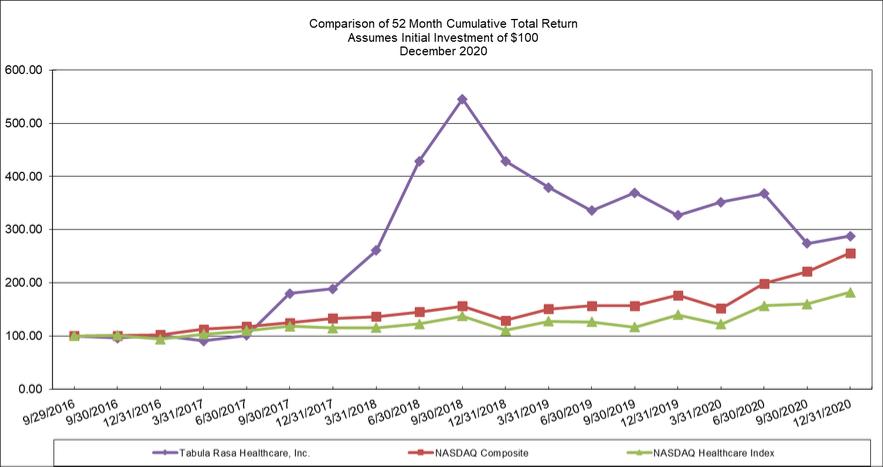Intellectual Property
We create, own and maintain various intellectual property assets which, in the aggregate, are of material importance to our business. Our intellectual property assets include: five issued patents and twelve pending patent applications related to our innovations, products and services; trademarks related to our brands, products and services; copyrights in software, documentation, content and databases; and trade secrets relating to data processing, statistical methodologies, data security and other aspects of our business. We are licensed to use certain technology and other intellectual property rights owned and controlled by others, and, similarly, other companies are licensed on a nonexclusive basis to use certain technology and other intellectual property rights owned and controlled by us.
We rely on patent, copyright, trademark and trade secret laws, as well as confidentiality agreements, licenses and other agreements with employees, consultants, vendors and clients. We also seek to control access to and distribution of our proprietary software, confidential information and know-how, technology and other intellectual property. We have five issued patents: (i) U.S. Pat. No. 8,392,220, entitled “Medication Management System and Method” and issued on March 5, 2013, (ii) U.S. Pat. No. 10,720,241, entitled “Medication Risk Mitigation System and Method” and issued on July 21, 2020, (iii) U.S. Pat. No. 10,890,577, entitled “Treatment Methods Having Reduced Drug-Related Toxicity and Methods of Identifying the Likelihood of Patient Harm from Prescribed Medications” and issued on January 12, 2021, (iv) EP DES 005666138-0001, entitled “Graphical User Interfaces” and issued on September 28, 2018, and (v) U.S. D893524, entitled “Display Screen with Graphical User Interface” and issued on August 18, 2020. We also have five non-provisional patent applications pending in the United States. The first application, Application No. 15/008,555, filed on January 28, 2016, relates to medication risk mitigation matrix systems and methods. The second application, Application No. 16/928,557, filed on July 14, 2020, relates to medication risk mitigation systems and methods. The third application, Application No. 17/143,936, filed on January 7, 2021, relates to treatment methods having reduced drug-related toxicity and methods for identifying patient harm. This application also has related foreign counterpart applications in Canada, China, Japan, Hong Kong, Mexico and Europe. The fourth application, Application No. 16/760,631, filed on April 30, 2020, relates to population-based medication risk stratification. This application also has related foreign counterpart applications in Canada, Europe and Singapore. The fifth application, U.S. Application No. 16/870,517, filed on May 8, 2020 is related to population-based medication risk stratification. We also have a pending design patent application, Application No. 29/746,708, filed on August 17, 2020, is related to a display screen with graphical user interface. This application also has a related foreign counterpart application in Europe. We own four copyright registrations in connection with the following software: EireneRx, PACElogic, Mobile Workforce Manager, and Enterprise Services.
We own and use trademarks in connection with products and services, including both unregistered common law marks and issued trademark registrations in the United States. Our material trademarks, service marks and other marks include: EireneRx®, Medication Risk Mitigation by CareKinesis®, MedWise Advisor®, NiaRx®, CareVentionsTM, Tabula Rasa HealthCare®, SinfoniaRx®, SinfoniaRx Medication Management®, Medliance®, Capstone Performance System®, Medication Risk MitigationTM, Medication Risk Mitigation MatrixTM, Peak PACE SolutionsTM, Mediture®, TruChart®, CognifyTM, PACElogicTM, DoseMeTM, DoseMeRxTM, PersonifilRx™, Personifil™, Pharmastar PBM™, Pharmastar™, TimeToHuman™, and Time2Human™.
Our Competitive Landscape
We compete with a broad and diverse set of businesses spanning both of our major business segments, CareVention HealthCare and MedWise HealthCare. We believe the competitive landscape is highly fragmented with no single competitor offering our sophisticated medication sciences and similarly expansive capabilities and solution offerings. Our competitive advantage is largely based on our proprietary medication safety science, healthcare industry expertise, breadth and depth of services, intellectual property including six patents issued or pending, ease of use, reputation, innovation, security, price, reliability and client service. Our medication science has been developed over the course of three decades and investments in this domain include the largest pharmacodynamic and pharmacokinetic laboratory in the Western hemisphere. TRHC has invested more than $100 million in R&D across all of technology platforms from 2016 to 2020. A competitive challenge, most notably within our MedWise payer division, is to demonstrate to our existing and potential clients the value of utilizing our platforms rather than developing or assembling their own alternative capabilities or utilizing providers who offer a subset of our services. However, we believe that the combination of our competitive strengths and successful culture of innovation, including the real-world-tested nature of our solutions and subject matter expertise of our team members , make it time- and cost-prohibitive for our clients or competitors to replace or replicate all that we offer without facing material risk.
